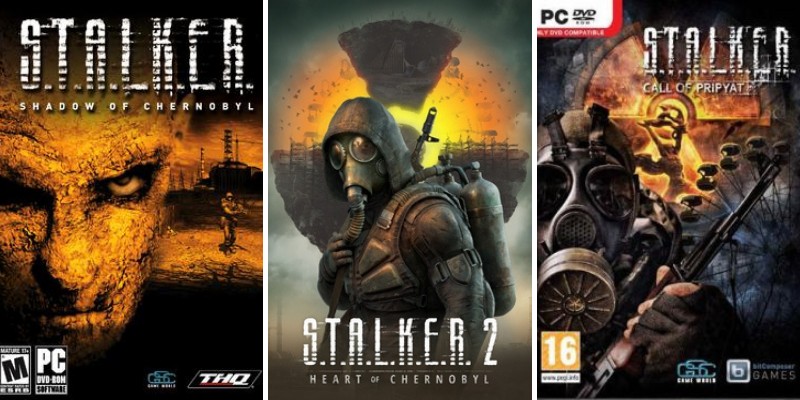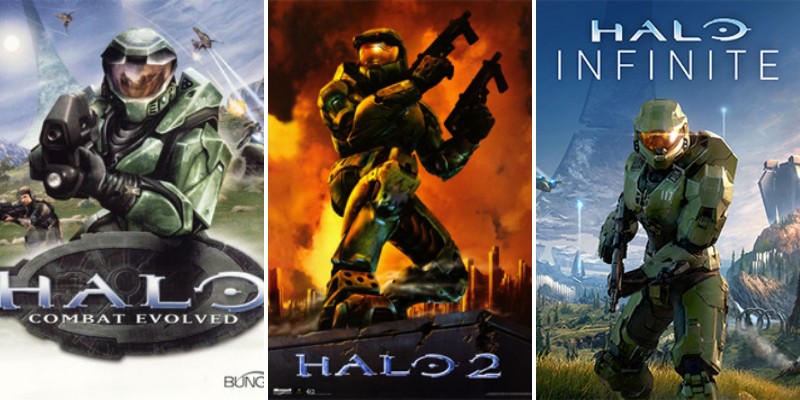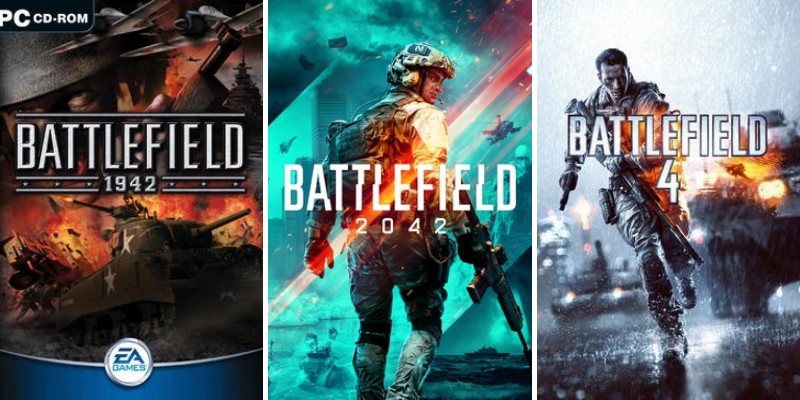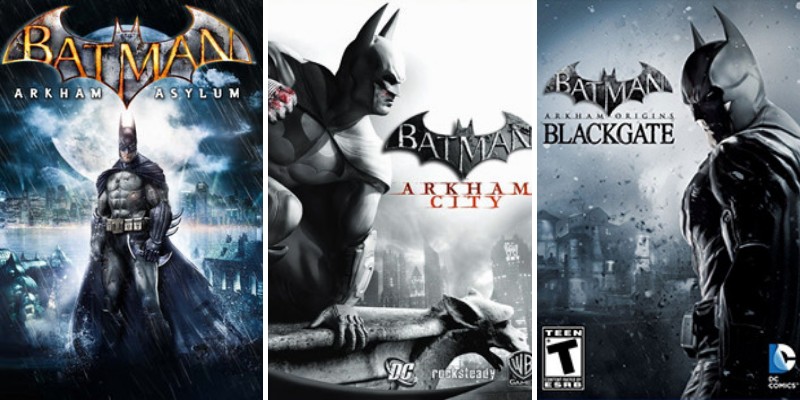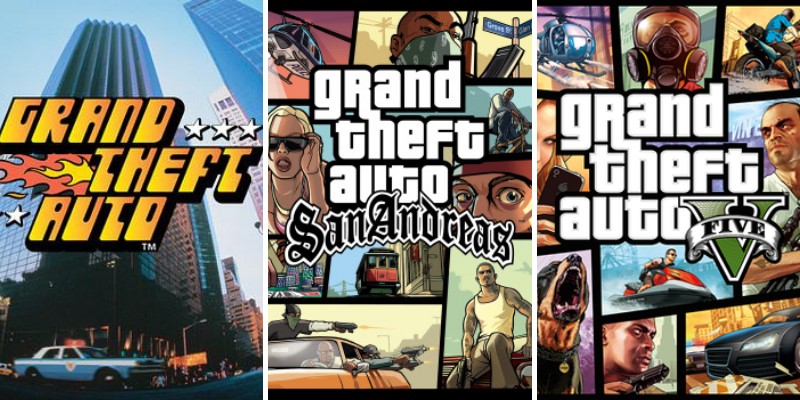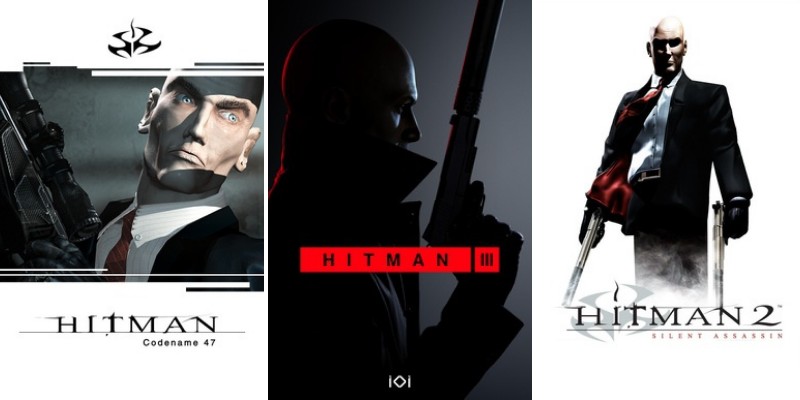Metal Gear is one of the best-known names in stealth-action gameplay. A series that embraces not only 80s military-thriller tropes but also a fair bit of anti-war and anti-nuclear weapon philosophy, the series itself is well-known for being the product of Hideo Kojima.
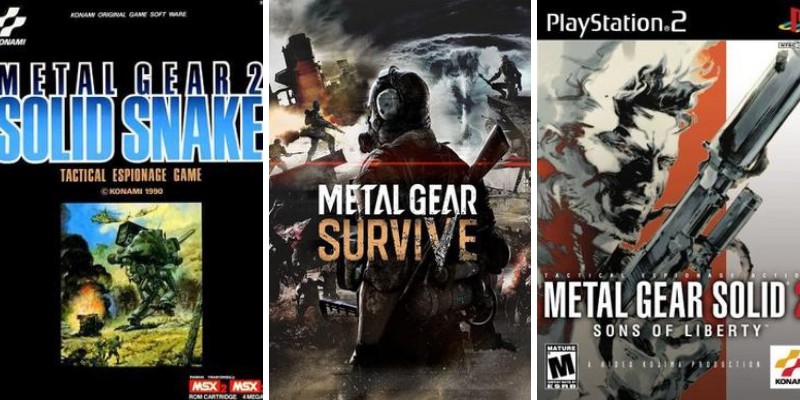
While the series itself seems to have wrapped up for the moment due to the poor reception of its latest game, it’s always worthwhile to go back and take a look at all of the fantastic games that made up the main universe of Metal Gear.
Here are the main Metal Gear Solid games in order of their release:
1) Metal Gear (1987)
First released on the MSX2 and more famously on the Famicom/NES, Metal Gear didn’t exactly start off the series with a bang.
A game that largely received middling scores at the time, Metal Gear was nonetheless one of the earlier stealth combat games to make its way to consoles.
Largely based on infiltration rather than combat, players took on the role of Solid Snake as he infiltrated the Outer Heaven base in order to destroy the titular Metal Gear.
Time has largely vindicated the game-play choices here, as the game’s fairly basic graphics don’t obscure the excellent attempts at creating an infiltration-based game.
Metal Gear may not be the most exciting entry in the series, but it did pave the way for everything that would come next.
2) Metal Gear 2: Solid Snake (1990)
If you were a Western gamer in the 1990s, you might be confused by this game. After all, Kojima’s sequel to Metal Gear was only released on the MSX2 and only in Japan, while another game called Snake’s Revenge would make its way onto Nintendo consoles in the west.
It’s a shame, though, because this game definitely presents more of a thematic follow-up to the original game than its more widely-available sequel.
Metal Gear 2 is largely known for both greatly increasing the abilities of its enemies to find a hidden Snake and for beginning the series’ themes concerning warfare and nuclear proliferation.
Still a fairly archaic game, this iteration does introduce the concept of patrolling guards to the series, as well as the ever-evolving capabilities of the Metal Gear weapons.
Harder to track down that its American counterpart, Metal Gear 2 is also much more worth the time of modern players.
3) Metal Gear Solid (1998)
This late ’90s Playstation exclusive is the game that truly brought Metal Gear into the limelight.
While the earlier games had certainly been clever proofs-of-concept that were hampered by the technology of the time, Metal Gear Solid was an absolute revelation.
A truly genre-defining experience, Metal Gear Solid not only made Solid Snake one of the most popular names in video gaming but it also established Hideo Kojima as one of gaming’s true auteurs.
Metal Gear Solid picks up years after Metal Gear 2, following an older Solid Snake as he infiltrates a nuclear facility being held by a terrorist group.
A revolutionary game in terms of how it handled stealth, the game also has some very memorable boss fights that used out-of-game mechanics that were far ahead of the game’s time.
While the game was later released for PC, a fully remade version of the game called The Twin Snakes would be released on Nintendo’s GameCube.
4) Metal Gear Solid 2: Sons of Liberty (2001)
If Metal Gear Solid is the game that brought the Metal Gear series to prominence in the West, Metal Gear Solid 2 is the game that truly made the series stand out as something different.
Rather than simply following the adventures of Solid Snake again, players found themselves taking control of an all-new protagonist in an adventure that was anything but straightforward.
This game initially launched on the Playstation 2 before coming to the PC and Xbox.
While it was definitely subject to a fair bit of criticism for its ‘bait and switch’ approach to its protagonists, today’s players tend to look on the game much more favorably. Metal Gear Solid 2 definitely marks the moment at which the series’ denser philosophical elements become as much a part of the game as sneaking and combat.
5) Metal Gear Solid 3: Snake Eater (2004)
Metal Gear Solid 3 is a game that truly took some risks. Not only did it leave behind Solid Snake and Raiden for its protagonist Naked Snake, but the game also moved from the military bases and ships that made up the bulk of the original games’ locations in order to take players to the wilderness.
The riskiest move, though, was releasing this prequel game when players were looking for a resolution to the cliffhangers present in Metal Gear Solid 2.
Initially released on the Playstation 2 before being remastered for the Playstation 3 and Xbox 360, Metal Gear Solid 3 allowed players to go back to the 60s to take on the role of the man who would someday become Big Boss.
A unique game that showed the start of darkness of the series’ original antagonist, it also had some memorable foes and some excellent mechanics that help to keep it playable more than fifteen years after the game’s initial release.
6) Metal Gear Solid: Portable Ops (2006)
There have been quite a few portable Metal Gear games, but Portable Ops stands out as the first entry to actually have any sort of bearing on the series’ story.
The game was a direct sequel to Metal Gear Solid 3, and the PSP entry helped to tell the story of the founding of FOXHOUND as well as laying even more of the groundwork for Big Boss’s eventually development of Outer Heaven.
Though Portable Ops was somewhat limited by the PSP’s technology, it’s easy to see how some of the elements from the game would show up later.
From squad recruitment to noise meters, it seems clear that a great deal of experimentation was done on this smaller platform so that it could be better adapted to the marquee games in the series.
7) Metal Gear Solid 4: Guns of the Patriots (2008)
This Playstation 3 exclusive is, in may ways, the culmination of the Metal Gear series.
It is not only the chronological end of both Solid Snake and Big Boss’ stories, but it’s also the direct sequel to Metal Gear Solid 2.
The game wraps up the series’ long-term plot and piles on the metaphors and symbolism to the point that the cutscenes almost obscure the game’s action.
Metal Gear Solid 4 is certainly a bit more action-packed that its predecessors, with tighter gunplay that does fit better with the larger environments of the game.
At the same time, though, stealth is greatly improved and enemy AI takes another major step forward. While the game has aged a bit, it’s also absolutely a must-play if you care about the lore of the series.
8) Metal Gear Solid: Peace Walker (2010)
Peace Walker is another step backwards, in terms of both technology and the timeline of the series.
Initially released on the PSP, the game takes players back to the 1970s and Big Boss as he works to establish the Militaires Sans Frontières mercenary group.
Peace Walker lifts a fair number of its mechanics from Metal Gear Solid 4, while still focusing on recruitment like Peace Walker.
The game does introduce the Fulton Recovery System to the main storyline, a system that will become much more prominent later down the road.
Again, the game is a solid lore-based entry for the series but one that tends to be hampered by the fact that it was released on a then-aging portable platform.
9) Metal Gear Rising: Revengeance (2013)
There are absolutely many who would argue about Revengeance getting a place on the official chronology list, but it’s technically the latest entry in the series chronology and no other game has rendered it as non-cannon.
A game that largely ignores both Snakes in favor of Metal Gear Solid 2 protagonist Raiden, the game keeps the somewhat overblown melodrama of the series intact while switching from a stealth-based model to one largely based on melee combat.
Fun and frenetic, Revengeance follows Raiden as he fights in a post-Metal Gear war.
Largely developed by Platinum Games and released on the Playstation 3 and Xbox 360, Revengeance is a very different game than its predecessors while still having Kojima’s fingerprints all over the game. A truly unique entry, it’s definitely worth playing.
10) Metal Gear Solid V: Ground Zeroes (2014)
Ground Zeroes is one of the more controversial games in the Metal Gear series. Not because it’s bad, mind you, but rather because it is so short.
Initially developed as merely a mission for The Phantom Pain, this incredibly short prequel was initially released on the Playstation 3 and Xbox 360 before finding its way to the Playstation 4 and Xbox One.
The Phantom Pain once against places players in control of Big Boss, this time directly after Peace Walker.
While the game does an admirable job of covering the former game, it’s easy to see that the game really was developed with those who had played the portable game in mind. Another story of warfare, soldiers, and eventual betrayal, Ground Zeroes mostly set the stage for The Phantom Pain.
11) Metal Gear Solid V: The Phantom Pain (2015)
2015’s The Phantom Pain is usually considered the ‘real’ Metal Gear Solid V, both because of the short length of Ground Zeroes and because Ground Zeroes largely serves as a prequel for this game.
Released for Playstations 3 and 4 as well as the Xbox 360, Xbox One, and PC, the game sees Big Boss (now known as Venom Snake) forming a new PMC and taking on an all-new threat.
The Phantom Pain is perhaps better known for the controversy behind its development than it is for anything that happens during the game.
Kojima’s final Metal Gear, the game led to a painful split between Kojima and Konami and the end of the series as most fans know it.
While the game does a good job of further bridging the gap between the prequel games and the original, the game largely feels like a great creator’s swan song.
12) Metal Gear Survive (2018)
What does Metal Gear look like without Kojima? If you had a Playstation 4 or Xbox One in 2018, you could take a look at Survive to get an idea of what the series could be in the future.
Survive is, as the title suggests, a survival-based game set in the Metal Gear universe.
Players take on the role of a member of the MSF who is trapped in an alternate dimension after the events of Ground Zeroes.
This game focuses more on exploration and tower defense than anything else, making it a truly odd entry in the series.
Images Credit
Fair use, https://en.wikipedia.org/w/index.php?curid=1842067
Fair use, https://en.wikipedia.org/w/index.php?curid=1058143
By Konami – MobyGames, Fair use, https://en.wikipedia.org/w/index.php?curid=55982887
